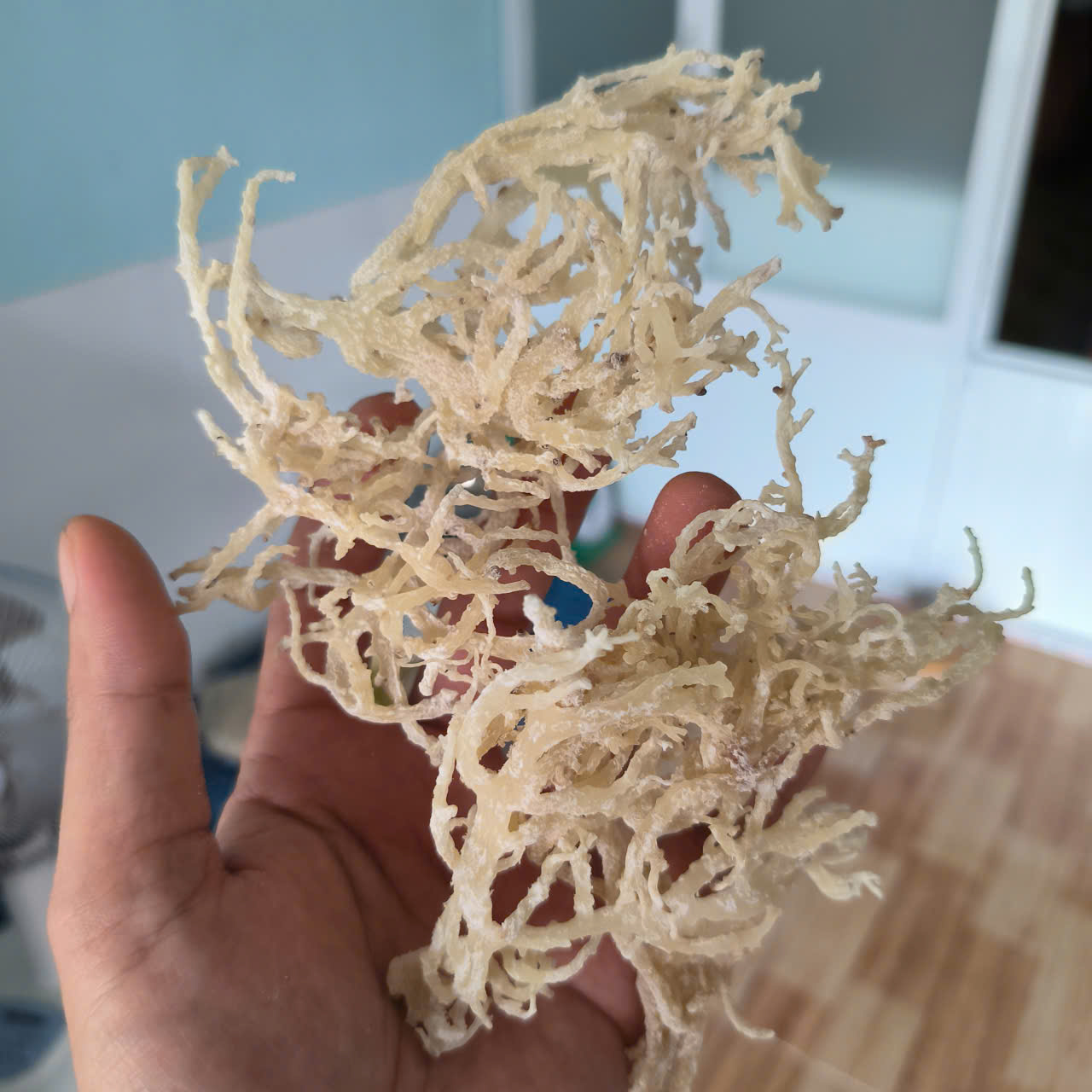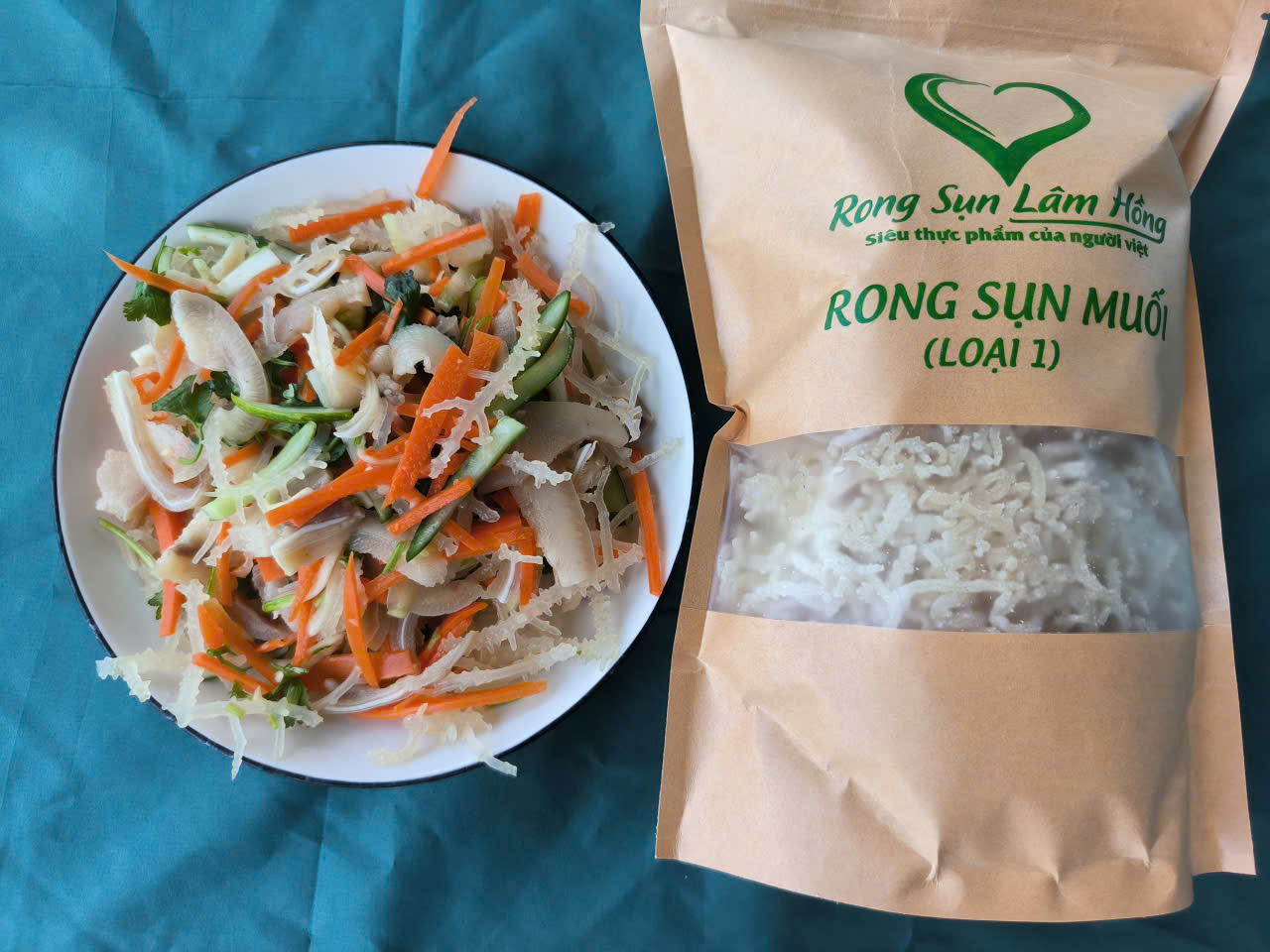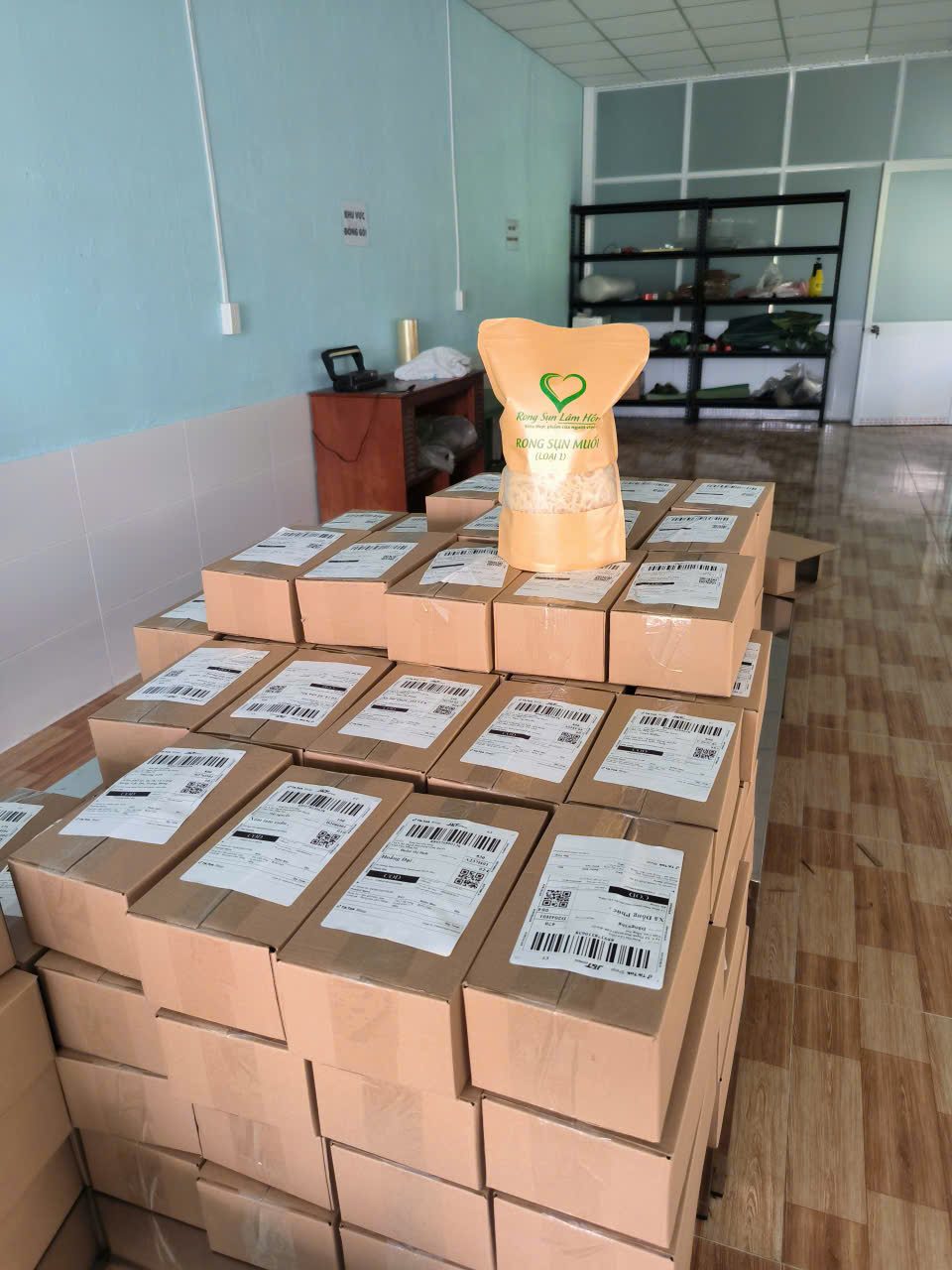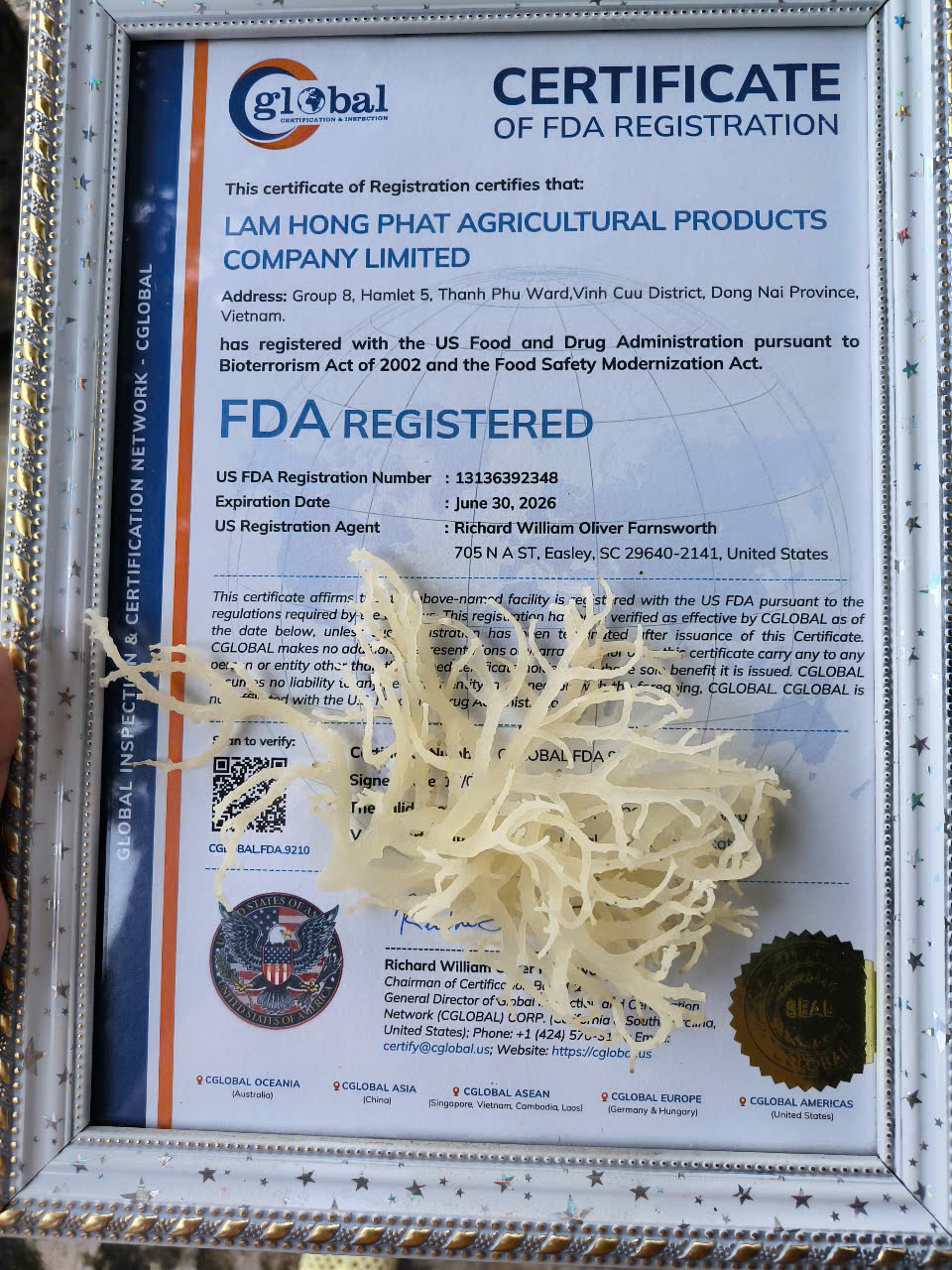Risks in importing substandard sea moss or sea moss import safety concerns are no longer a minor concern. They represent a serious warning for businesses involved in the global supply chain of raw materials. As demand for sea moss continues to rise sharply across the food, cosmetics, and pharmaceutical industries, importing this ingredient has become more prevalent than ever. However, behind seemingly promising shipments lies the hidden threat of poor quality, which can silently undermine production efficiency, endanger consumer safety, and damage brand reputation.
Low-quality sea moss risks often contain low carrageenan yield, potential heavy metal contamination, biological impurities, and may fail to meet regulatory standards. Companies that import such materials may face financial losses, legal risks, and even market exclusion if they fail to ensure quality control and traceable sourcing.
This article highlights the critical risks associated with importing low-quality sea moss, and why this issue must not be underestimated in any international procurement strategy.

Sea moss products meet export standards
1. Why has sea moss gained popularity?
In earlier discussions, Lam Hong outlined the key characteristics of sea moss. Here, we will instead focus on the reasons behind its growing popularity.
Sea moss, principally from two species - Eucheuma cottonii and Eucheuma spinosum - is exceptionally nutrient-rich and high in carrageenan, a natural polysaccharide prized for its gelling, thickening, and moisturizing properties. Its versatility has made it an essential ingredient in thousands of industrial products, particularly in cosmetics, pharmaceuticals, and nutritional foods.
Rising consumer demand for organic and health-focused products has elevated sea moss to the status of a premier "green" raw material, prompting many businesses to import it in large volumes.

Pre-processed Sea moss products
2. Main risks in importing substandard sea moss
2.1. Contaminants and chemical residues
Suppliers of substandard sea moss often harvest from polluted or poorly processed marine areas, increasing the risk of heavy metals, pathogens, and unauthorized preservatives. Such impurities compromise final product performance and can pose health hazards, especially in consumables or topical products.
2.2. Low carrageenan content affecting industrial use
One of the most concerning risks of low-quality sea moss is inconsistent or insufficient carrageenan content. While reputable suppliers typically guarantee carrageenan levels of 18–25%, unregulated providers may deliver less than 10%, undermining extraction yields and escalating both production costs and product inefficacy.

Lam Hong sea moss available in major supermarkets across Vietnam
2.3. Unclear origin lack of certification and traceability
Supply chain traceability is essential. However, substandard sea moss sources frequently cannot verify:
- Harvest location
- Cultivation or harvesting methods
- Organic, HACCP, or ISO certifications
This absence of documentation complicates quality control and may breach import regulations in strict markets such as the EU, U.S., and Japan.
2.4. Brand reputation damage and legal consequences
A critical concern is potential product recalls due to contamination or mislabeling. If a single shipment fails to meet standards, a company may:
- Lose the shipment entirely (e.g., product destruction at port)
- Face legal action from buyers
- Lose trust from major distributors
3. Identifying a substandard carrageenan source
|
Sign |
Description |
|
Suspiciously low price |
Often 30–50% below market rate |
|
No certifications |
Lacks ISO, HACCP, Organic documentation |
|
Inconsistent color |
Deep yellow, brown tones or mixed with other algae |
|
Unpleasant or odd odor |
Indicative of poor drying or processing |
|
No sample offered |
Rejects to provide samples before contract |
4. How businesses can mitigate risks
4.1. Partner with certified, reliable suppliers
One of the key factors that enables a business to operate with confidence is having partners who can provide certified export-quality products, including: Organic, HACCP, ISO 22000, or FDA certifications.
Prioritize suppliers who offer full traceability from cultivation to processing and harvest.
4.2. Request lab testing before import
To minimize the risks in importing substandard sea moss, businesses should exercise due diligence at the pre-import stage by obtaining:
- Certificate of Analysis (COA).
- Photos of the raw sea moss.
- Sample (trial batch).
After import, conduct independent lab testing to confirm compliance with quality standards.
4.3. Establish clear contracts with risk clauses
Include explicit contractual terms covering:
- Quality and certification guarantees.
- Provisions for replacing substandard batches.
- Liability and compensation for any defects or consequences.
5. Why choosing a high-quality sea moss supplier is critical
Selecting a reputable sea moss supplier plays a pivotal role in the entire production value chain, especially as sea moss is increasingly utilized in the functional food, cosmetic, and pharmaceutical industries. A trustworthy supplier not only ensures the quality of raw materials but also directly impacts the safety, efficacy, and brand credibility of a business in the eyes of customers and partners.
Sea moss is a sensitive ingredient, highly susceptible to environmental factors such as heavy metal contamination, microbial presence, or chemical residues. If the supply source is not strictly controlled, the health risks to consumers can be significant, potentially leading to legal consequences, product recalls, and reputational damage. Conversely, a reputable supplier consistently provides internationally recognized certifications such as HACCP, ISO, FDA, or COA, allowing businesses to confidently bring products to market.
Additionally, an experienced supplier with a transparent traceability system enables businesses to meet increasingly stringent import and export standards. This serves as a sustainable competitive advantage, as input quality can be strategically leveraged in marketing efforts for finished products. Modern consumers, in particular, are gravitating toward green, environmentally friendly products, making verified sourcing more critical than ever.
Finally, a reliable partner is not merely a vendor but a strategic ally, one that supports market expansion, shares insights into consumer trends, and offers timely assistance during supply chain fluctuations.

Export standard certifications of Lam Hong sea moss
For businesses in the food, cosmetic, or pharmaceutical industries, compromising on raw material quality, especially sea moss, can be costly. While low-cost imports may seem appealing, the long-term consequences of substandard materials can include:
- Elevated remediation costs
- Loss of distribution channels
- Brand reputation decline with slow recovery
Proactively minimizing supply chain risks is both a pragmatic and cost-effective strategy for sustainable growth.
In essence, choosing the right sea moss supplier is not just a commercial decision, it is a strategic move to safeguard brand reputation, optimize product performance, and lay a solid foundation for long-term growth.
If you're seeking a dependable, quality-assured sea moss supplier that helps you mitigate the risks in importing substandard sea moss, consider partnering with Lam Hong Sea Moss. Though we may not be the largest provider in Vietnam, our sea moss is harvested from the Nha Trang coastal region, fully compliant with international standards, and produced under certified processes to reduce your sourcing risks in importing substandard sea moss. Contact Lam Hong for an accurate evaluation today.






